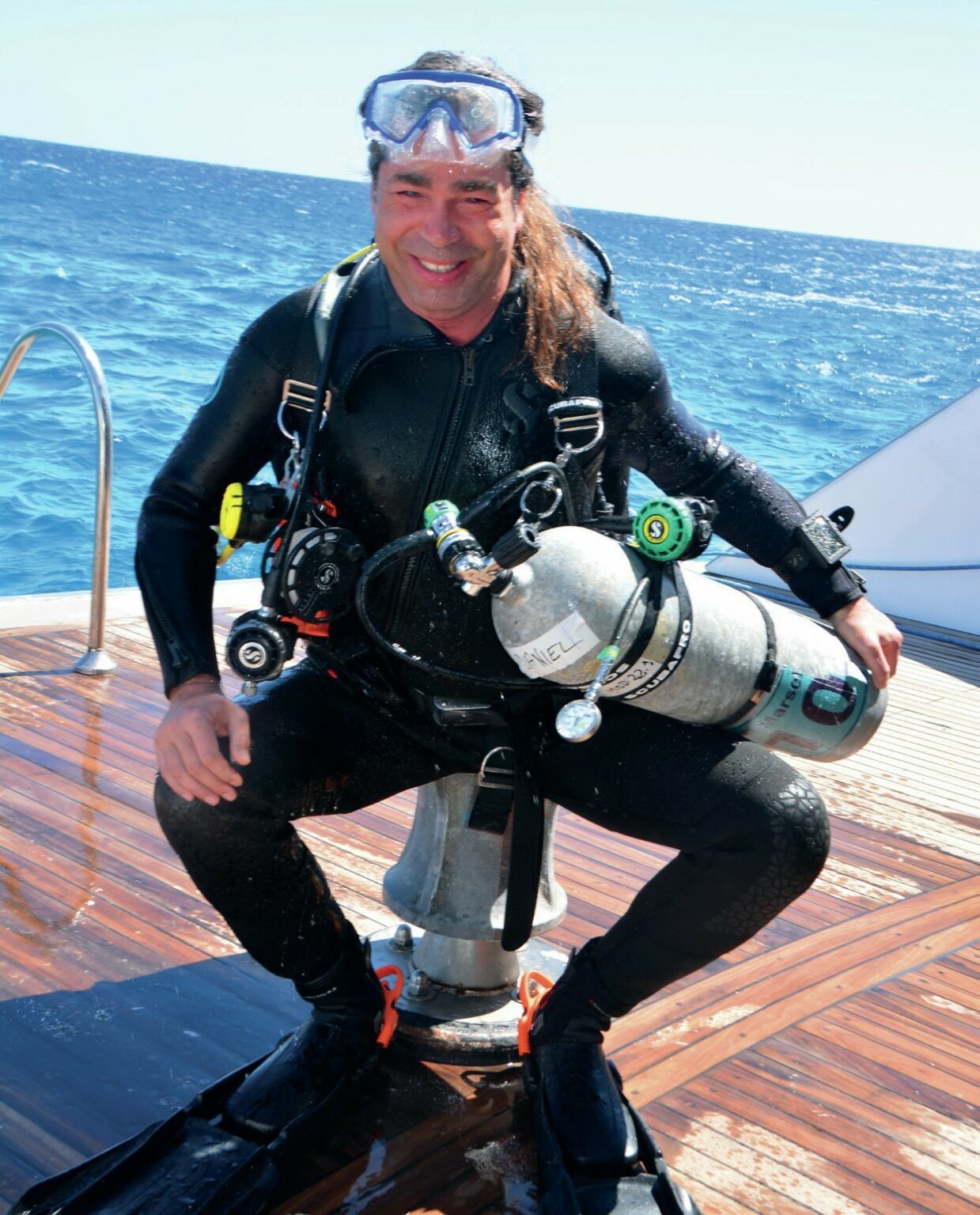Travelling the world through a camera lens, transitioning from film to digital, and some of the biggest challenges he has faced.
Photographs courtesy of Daniel Brinckmann
Q: As per the norm, to kickstart proceedings, how did you first get into scuba diving?
A: Back in 1989, when I was ten years old, the vintage documentaries of Jacques-Yves Cousteau and Hans Hass resurfaced on German TV and watching them, I was immediately sold and tried to sign up in a local dive club. The first one would not have me as I was too young in the “pre-Bubblemaker” age, but I was gladly more successful with the second one!
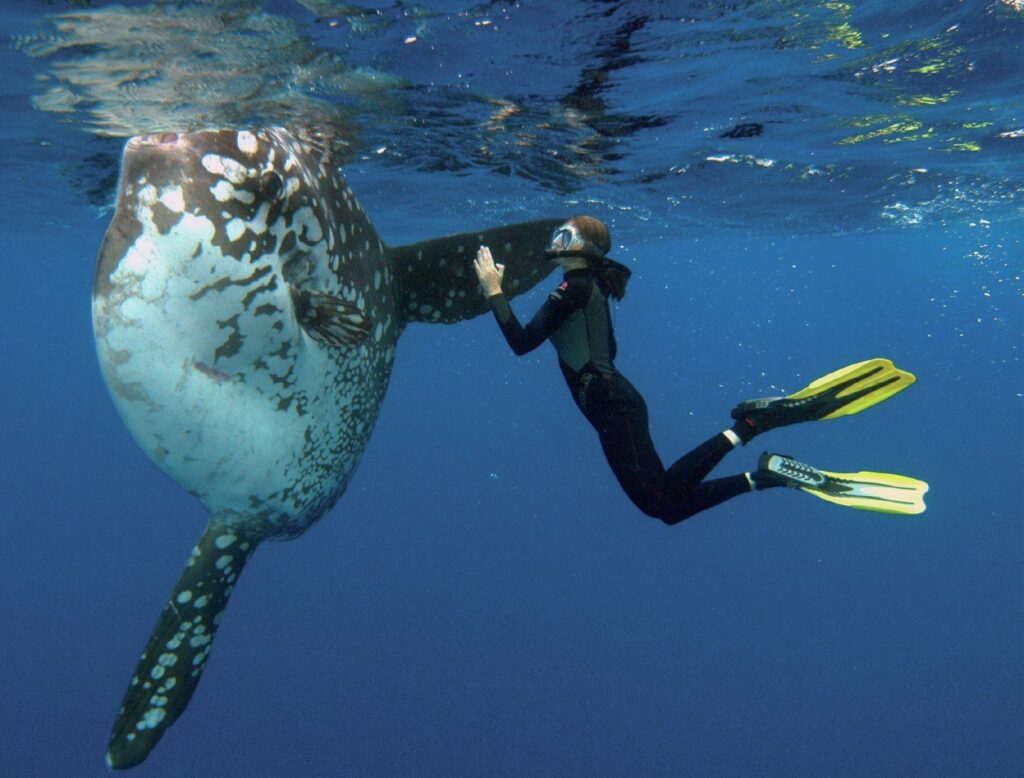
Q: You are world-renowned for your underwater images, but when did you first take a camera under the water, and were you hooked immediately?
A: That was in 1997 on the island of Zakynthos, Greece. I used a disposable camera to photograph the loggerhead turtles right off the beach and I was very happy with the results at 3m depth.
Hitchhiking in the Azores two years later, it quickly became more serious with a borrowed Nikonos V. This turned out to be my first article, right after finishing school, as it was basically a brand-new diving destination.
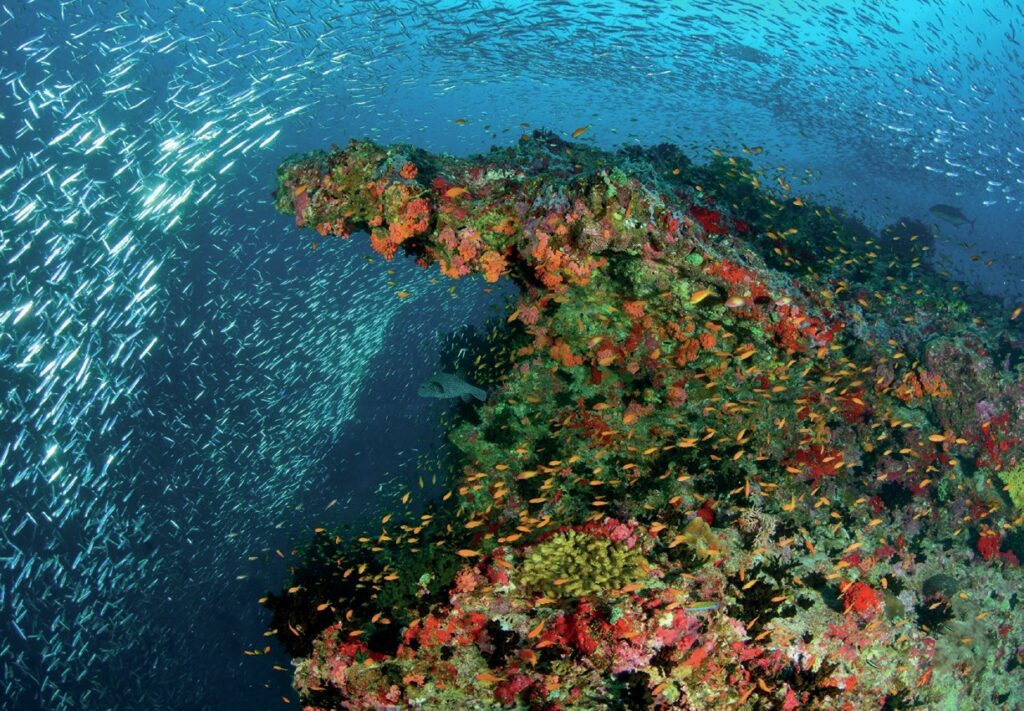
Q: Having been dabbling in underwater photography for many, many years, you started out using film cameras and then made the move to digital cameras. What are the main differences between the two for you, and what – if anything – do you miss from the good old days of film?
A: I do still miss the organic blue tones. Obviously, these days white balance and RAW format do miracles, not to mention the resolution, so I would never trade 2023 for the past, but in a way the result of a chemical process will always be more organic than binary data. I believe only having 36 photos on a slide film made for more selective photography and I am sure many dugongs and pygmy seahorses miss those days! Also, picking up the developed slides… that sensation was almost like going on a first date!
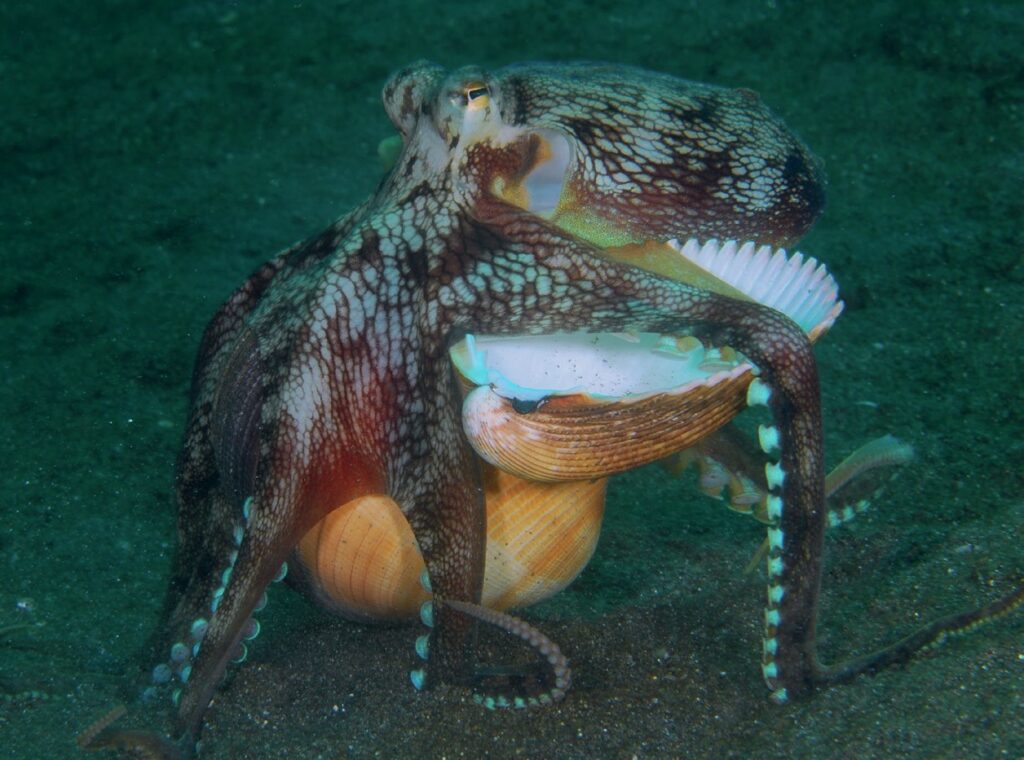
Q: You dive with both your stills camera in a housing, and an action camera mounted on the top to capture video at the same time. What are the main challenges and differences between shooting stills and video?
A: My brain is not equipped to do justice to both at the same time. I often wish I had more time on an assignment to produce both good photos and videos, but since photos are my ‘main duty’, I must admit I mostly keep the action cam running when I feel it’s worth it, adjust it to fit the still camera wide lens and hope for the best and leave everything else to the editing bay.
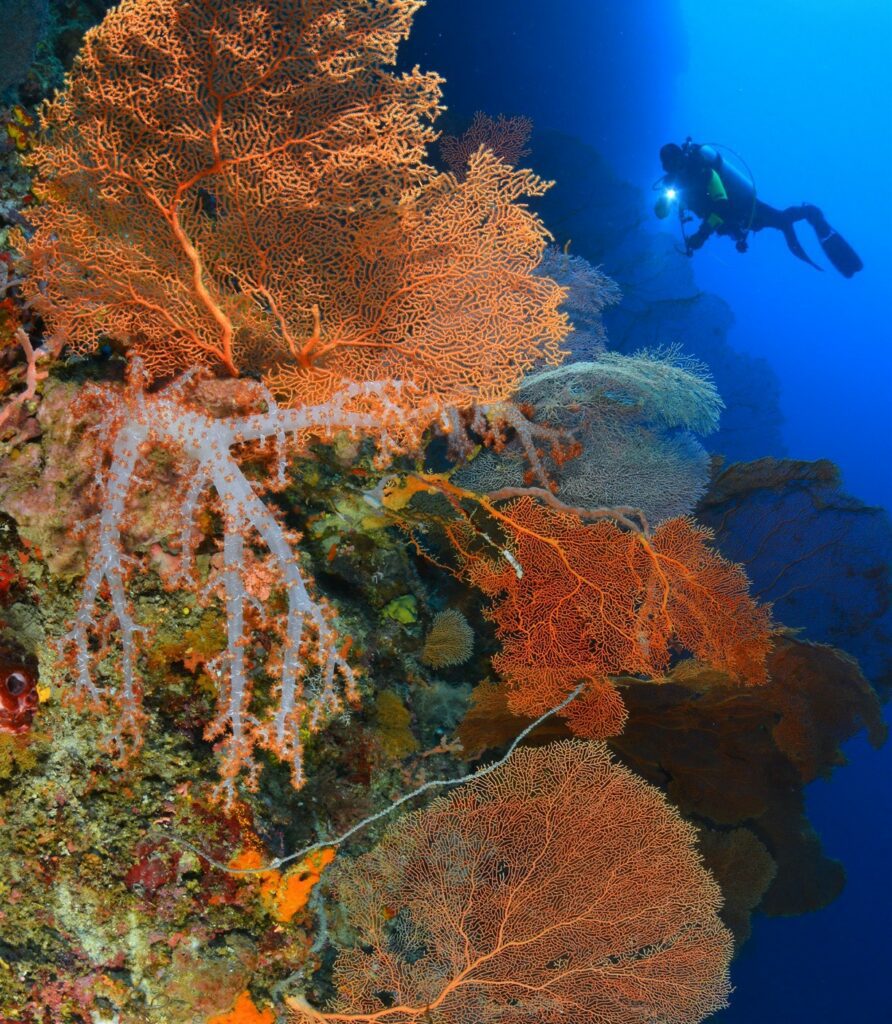
Q: You have travelled extensively over the years writing travel reports for a range of magazines. Where have been some of your favourite destinations to visit and dive?
A: When it comes to diversity, the Coral Triangle is unmatched, I believe. The Eastern Pacific has species unfamiliar to most divers in Europe, and to me ‘borderline’ destinations between two seas like the Mediterranean coast of Israel with its invasive species from the Red Sea and native sharks are very interesting.
Coming from daily newspaper reporting, I always tend to look at topics before destinations, so adventures like diving a tuna fish farm, looking for sawfish in a freshwater lake in Papua, dipping my camera in Okavango, or exploring offshore reefs, is always closest to heart.
Only 30km from where I live, there is a river full of bombs, rifles and hand grenades from World War Two… awful visibility, but not many people have dived there before. I love destinations that both offer great diving and culture, like Sulawesi, Egypt and Southern Africa. The Azores, Yap and South Africa will always feel like a second home to me, I hope.
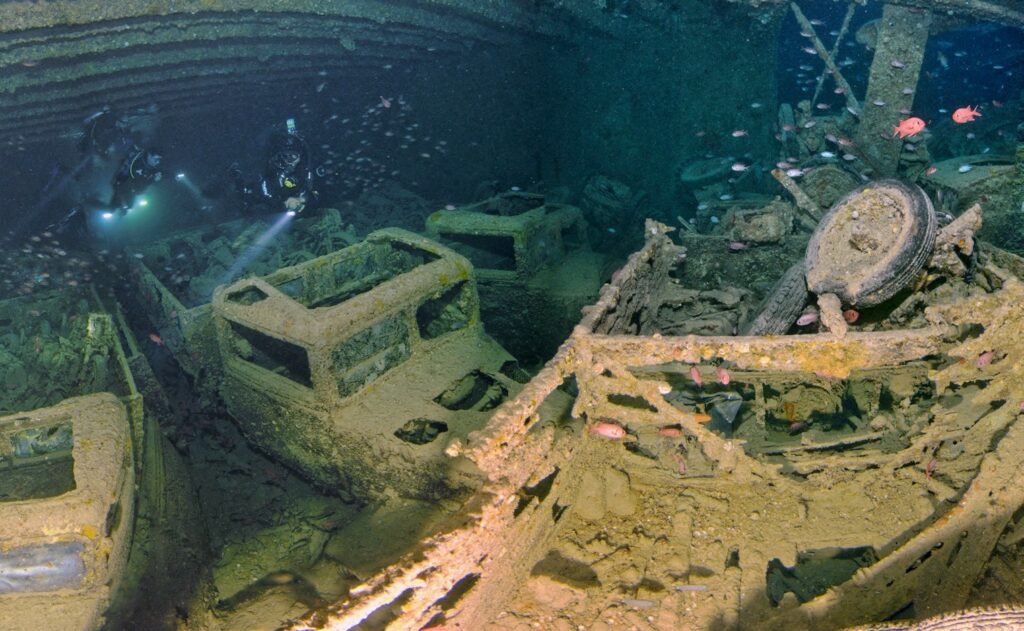
Q: What is your most-memorable dive?
A: I can’t decide between those two… a dolphin encounter off Malpelo in Colombia that gave way to a curtain of more than 100 silky sharks, or that time when I was incredibly lucky to come across a giant sunfish plus a family of orcas in Yap, Micronesia, that stuck around for five days.
That said, I am also very happy visiting ‘my’ big catfish in a local lake.
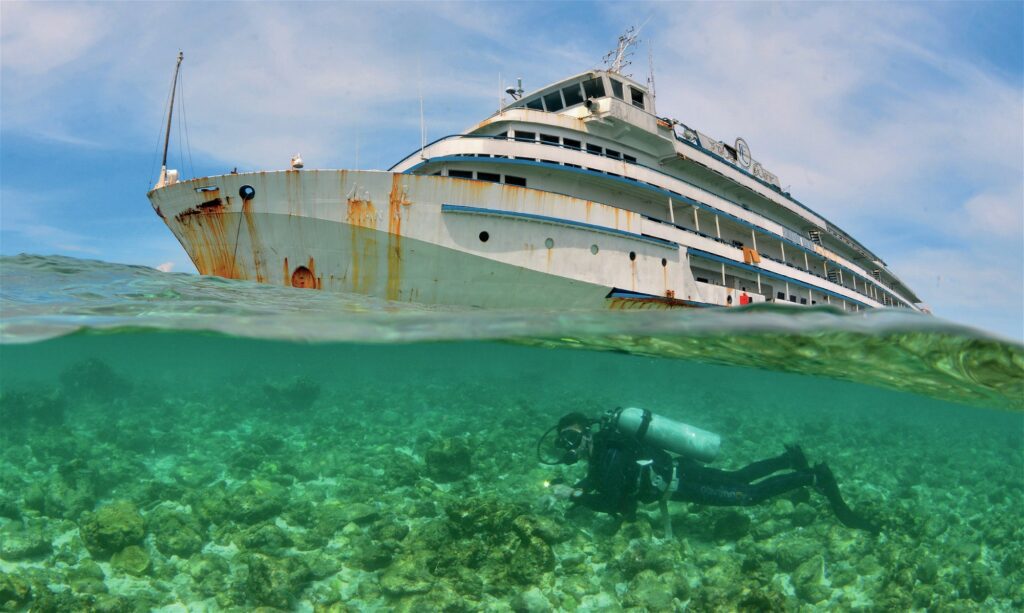
Q: On the flipside, what is your worst diving experience?
A: Years ago, I was asked to do the first dive of an assignment trip to Asia on a Shark Point as full moon was over soon. It was said to be ‘a little bit deeper’, but it turned out to be 68m. Not only did I have a full-on nitrogen narcosis, once my head was kind of clear again, the sight of my decompression time plus the amount of air left sent me straight into a panic attack. I finished my deco on the dive centre manager’s octopus, but this sure taught me my limits for the future.
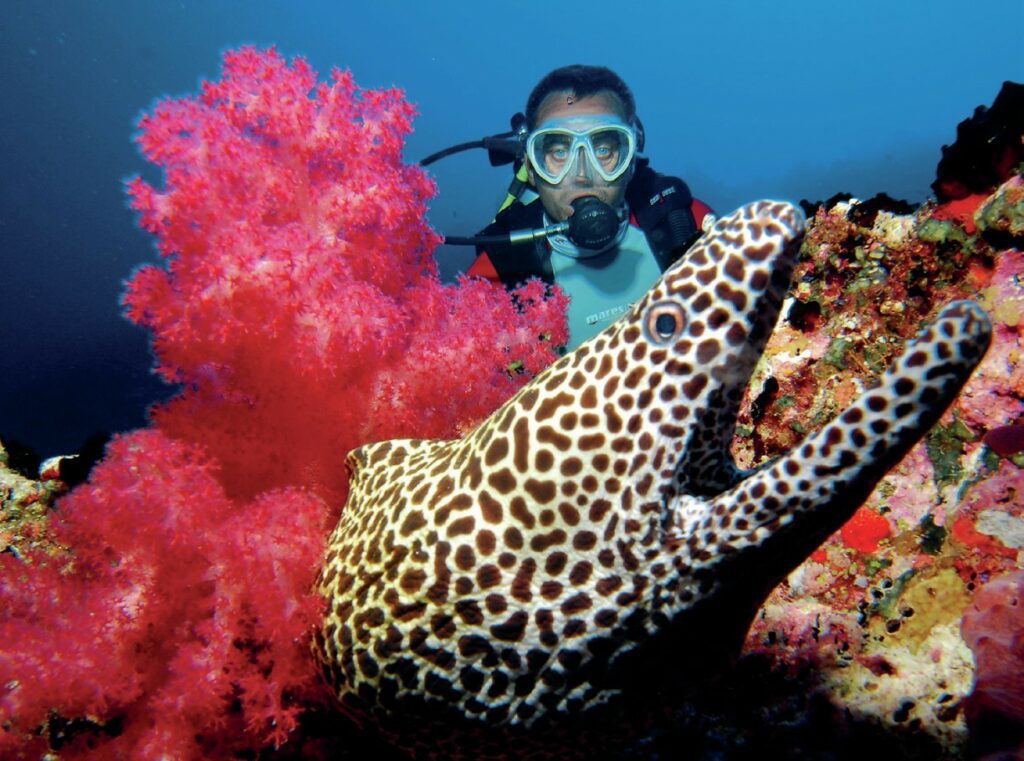
Q: What does the future hold for Daniel Brinckmann?
A: Hopefully new adventures, great collaborations, lovely people and good health. Realistically, big challenges, too. The media market, formats and technical progress has changed so rapidly compared to when I first became selfemployed as a travel journalist after university back in 2008, it’s not easy to work profitably. If I run, let’s say, a customized blue whale trip, I earn much more than on a traditional assignment. However, where there is a will, there is a way!
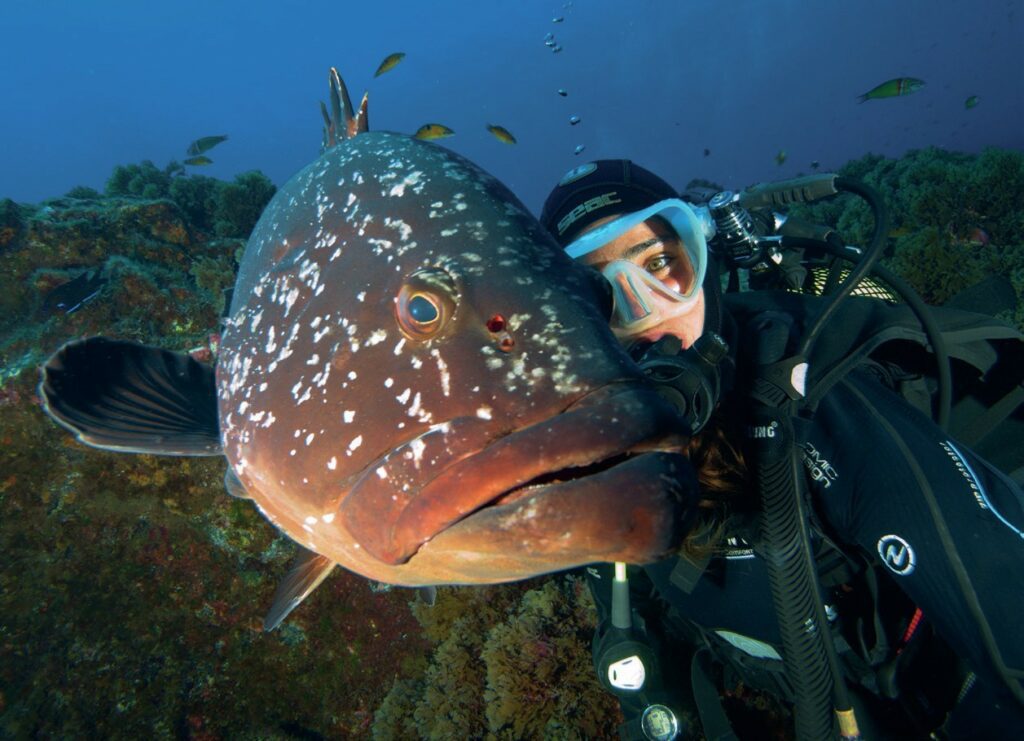

This article was originally published in Scuba Diver UK #73.
Subscribe digitally and read more great stories like this from anywhere in the world in a mobile-friendly format. Link to the article
